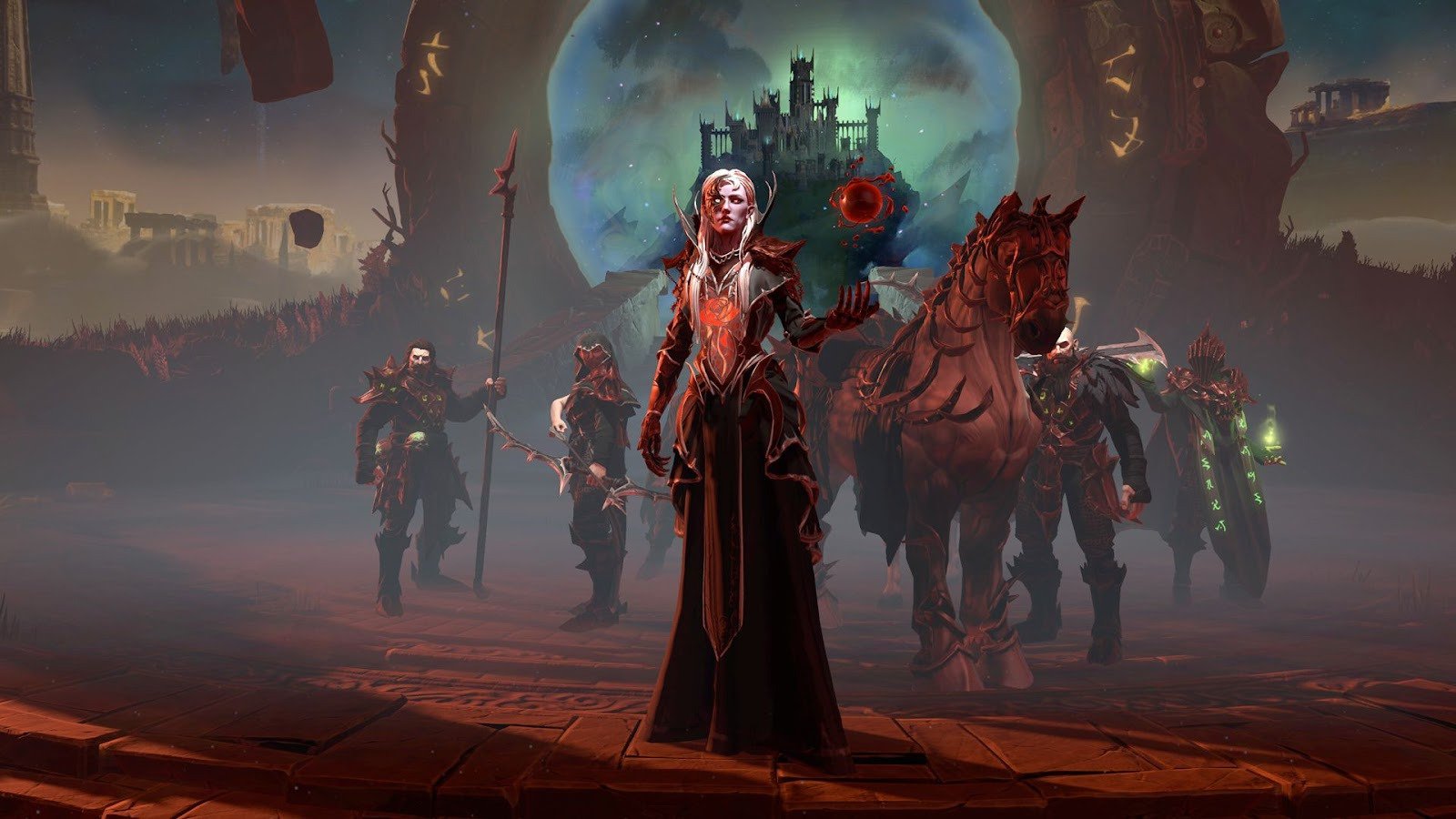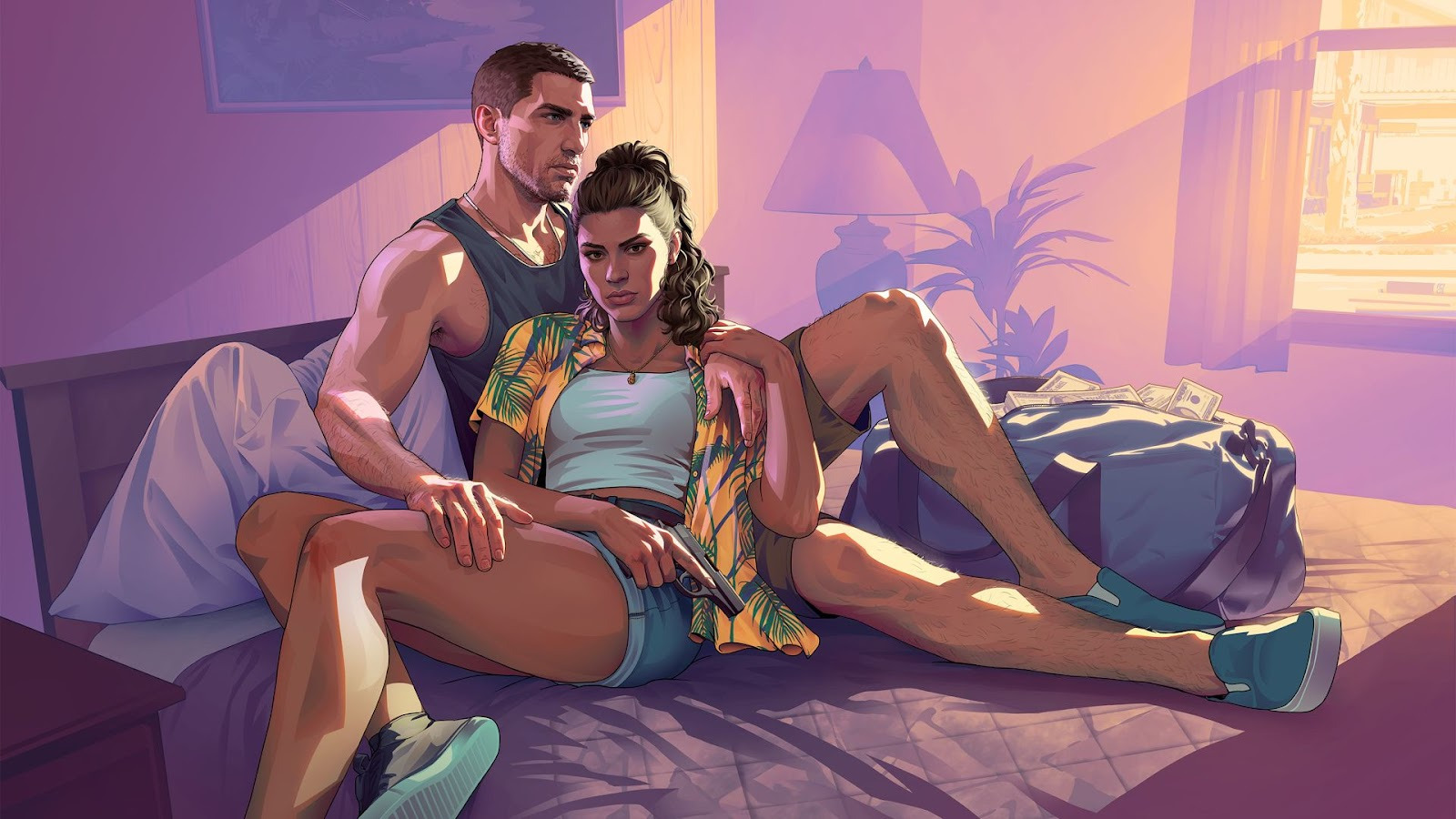You can trust VideoGamer. Our team of gaming experts spend hours testing and reviewing the latest games, to ensure you're reading the most comprehensive guide possible. Rest assured, all imagery and advice is unique and original. Check out how we test and review games here
The main story in The Outer Worlds 2, Obsidian Entertainment’s firmly aromantic, politically satirical sci-fi RPG, grants reason to everything you do in the game. It is also often the lowest on your list of priorities, thanks to steady access to nourishing side quests.
Charging through the main story with a relentless drive to see the credits doesn’t just give you less of an experience; it also cuts out the best that The Outer Worlds 2 has to offer. This is no surprise because, much like Obsidian’s Fallout New Vegas, The Outer Worlds 2 shines most brightly when its stellar world-building is given time to breathe through the title’s eccentric roster of side missions.
- The Outer Worlds 2 lets players prioritize their own fun in the optional side quests over relentless story pursuit.
- These optional objectives don’t just pad out the story; they offer choice to the player and encourage engagement with the world building.
- Some RPGs, like Fallout 4, go too far, allowing their side quests to overshadow the main storyline rather than complement it.
- Baldur’s Gate 3 showcases the issues that can come with too much side content, with diminishing returns and player fatigue.
The Outer Worlds 2’s side quests prop up its main story
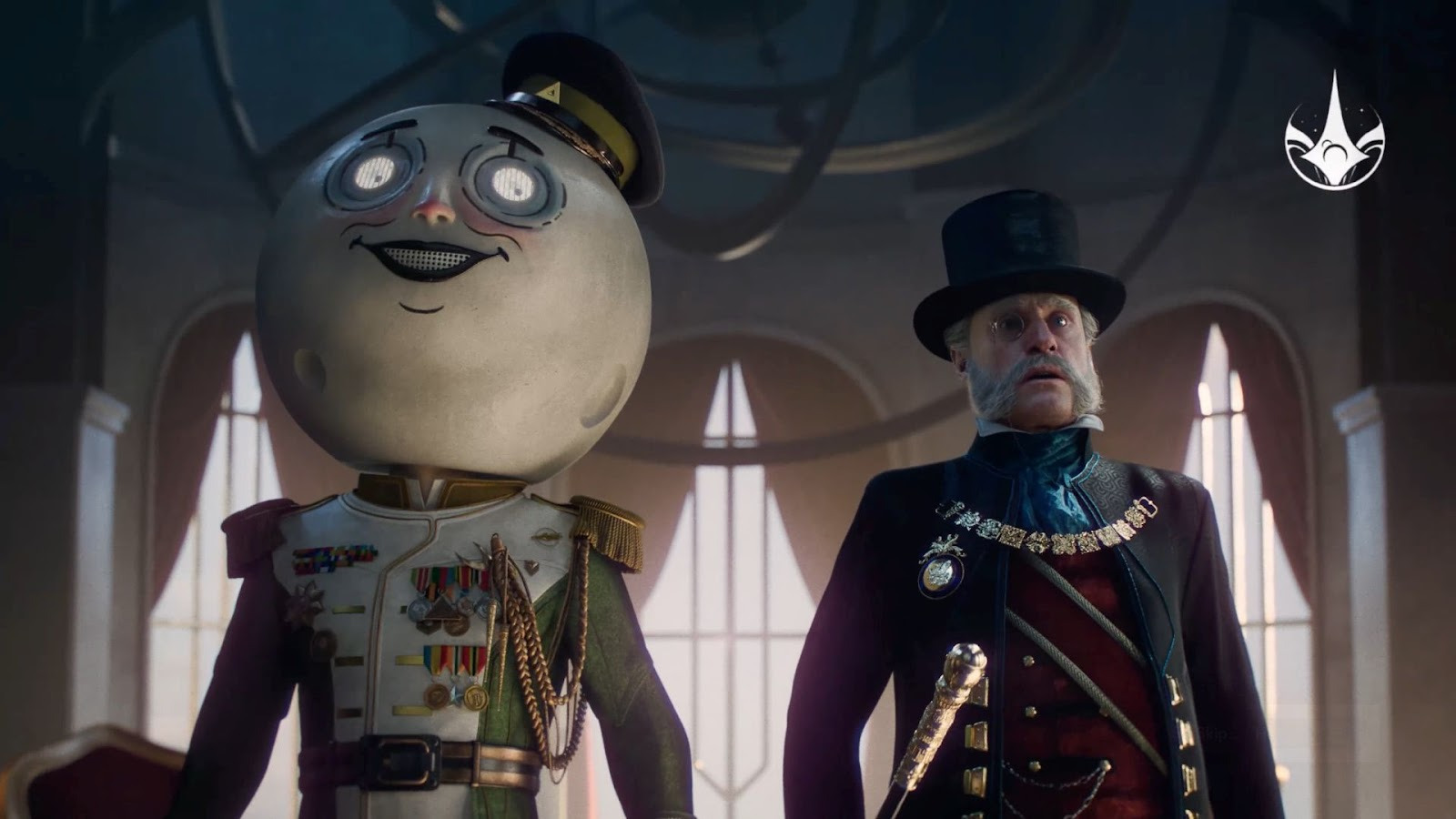
The Outer Worlds 2’s main plot is straightforward, and slapping on easy mode and crashing straight through would only give you about 13 hours of gameplay. Most of The Outer Worlds 2’s quest offerings are entirely optional, and the game tries to drum into your head to slow your roll and help the people around you.
At every turn, The Outer Worlds 2 encourages engagement with the world. You could get some back-up for that bridge assault, or sacrifice some other NPC to get permission to pass. Ahead of the dungeon, you could disable the facilities’ robots, or corrupt their targeting parameters, or just get an official-looking note to blag your way by.
If you stop and smell the flowers, you’ll be rewarded. You might discover a secret uprising of middle managers in need of assistance or a bunker in a war-torn no-man’s land where warring armies find common ground over a shared love of sports.
These details and flourishes make The Outer Worlds 2 more than a series of waypoints on a map and give the title real, genuine depth.
Fallout 4’s delays your gratification

The Fallout series is one of The Outer Worlds 2’s biggest influences, and they both share a strong emphasis on side quest storytelling. Fallout New Vegas, Obsidian Entertainment’s beloved post-apocalyptic offering, pushes optional objectives on you constantly along its prescribed storytelling path. You can learn so much about the big players on the world map long before the main quest has forced you to confront them directly.
However, dedication to optional content can go too far, and Fallout 4 does everything in its power to distract you fully from the main story. Contrary to The Outer Worlds 2, much of Fallout 4’s side content is not directly linked to the central plotline: a quest to find your long-lost son.
Instead, you’ll be snowed under by requests for help from rival factions and curious roadside encounters. While often well constructed in their own right, these quests are often entirely unrelated to the central themes of family and loss with underpin Fallout 4, creating an experience which feels overstretched.
The Outer Worlds 2 expertly sidesteps this pitfall by having the authoritarian Protectorate, the game’s central antagonists and the target of your mission to uncover the secrets behind faster-than-light travel, cast a long shadow across almost every encounter. Even early missions concerned with local politics do so against the backdrop of a prolonged and ever-present war against Protectorate tyranny.
Baldur’s Gate 3 showcases the pitfall of side quest pacing
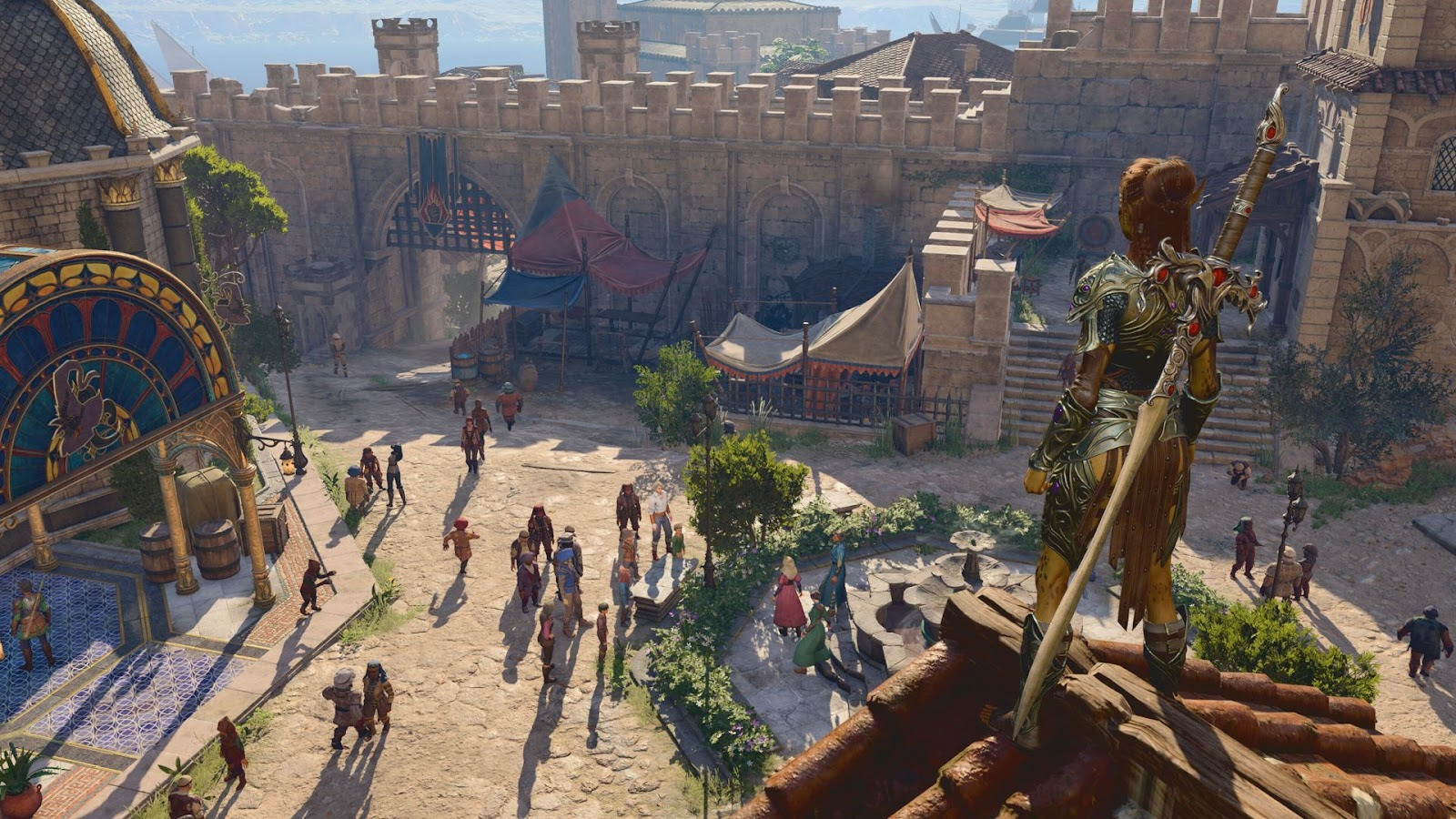
Baldur’s Gate 3 is a prime example where an exorbitant amount of side-questing risks overwhelming a player and stopping pacing dead. By the time you’ve reached the titular city of Baldur’s Gate, you’re dozens of hours in and ready to face off against the last act of your journey. However, the city gives you so much to do that your cup runneth over.
By the time you reach Baldur’s Gate, you’re battered, bruised, and ready to confront the source of the mad cult that threatens the world. You’re far less likely to find murder investigations, housing disputes, and criminal politics particularly gripping at this stage of the game.
Very little of this actually helps you with your main quest, and even less gives you any kind of advantage for the coming final battle. Speaking for myself, I was left feeling exhausted and overwhelmed.
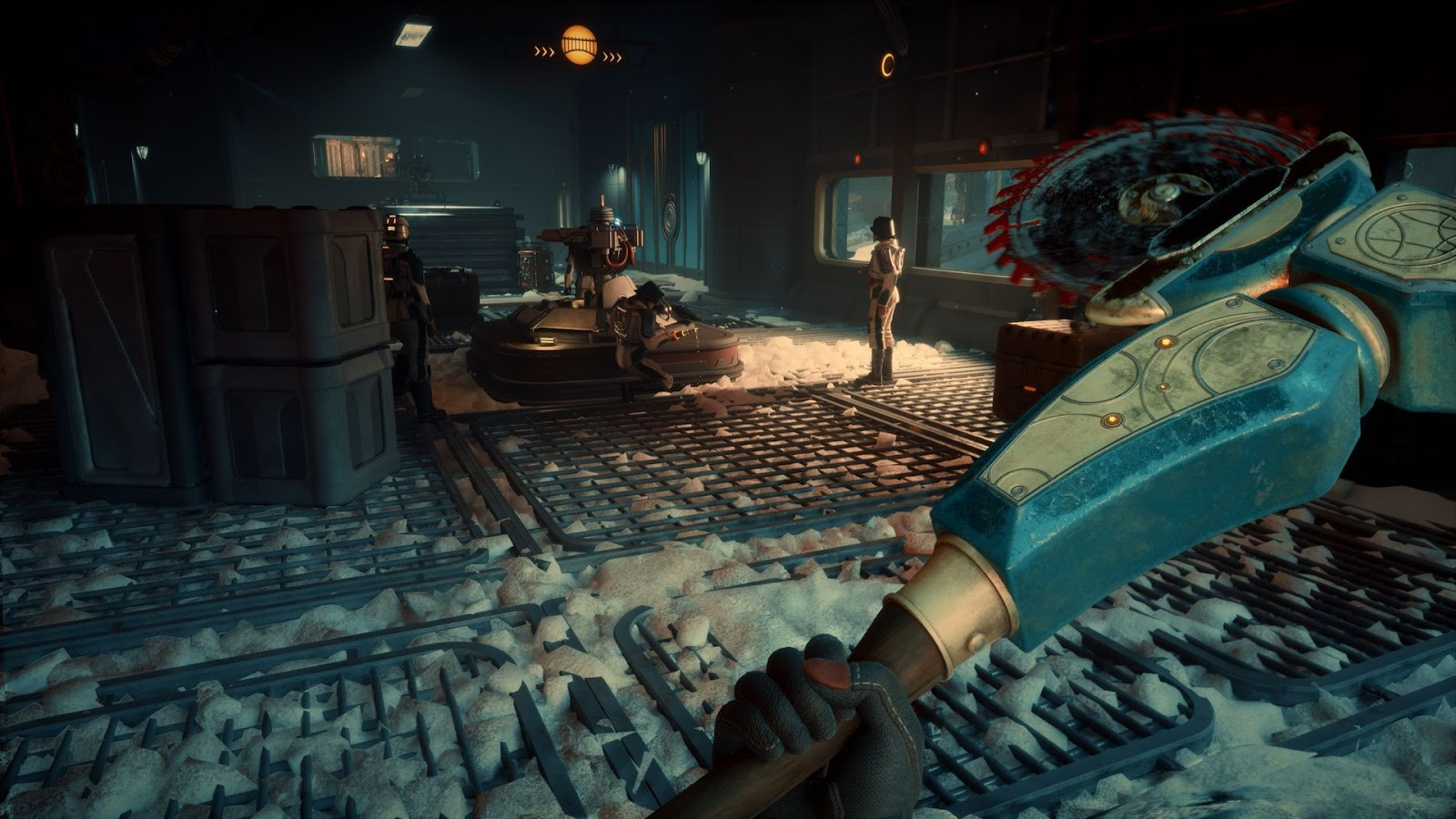
The Outer Worlds 2, however, is far more svelte. While you may find yourself reaching max level before the RPG’s climactic finale, the shorter, more punchy main storyline ensures that you never feel too far off the beaten track. Baldur’s Gate 3 proves that bigger isn’t necessarily better when it comes to offering side quests that feel grounded and organic.
Conversely, by setting its sights lower, The Outer Worlds 2 strikes a delicate balance between breadth and focus. Obsidian’s latest RPG is a consummate reminder that thematic consistency is key when delivering side quests that feel relevant and rewarding. This is why, to me, The Outer Worlds 2 takes the side quest crown.
FAQs
When trying to price The Outer Worlds 2 at $80, Microsoft was vague about its reasoning beyond market conditions, but was likely spurred on by Nintendo’s release of Mario Kart World at a higher price. Following consumer backlash, Microsoft backed down and reduced the game’s cost.
No, you cannot romance any of the Outer Worlds 2 companions.
The Outer Worlds 2 is very clear about when the point of return is, so you do not need to worry about accidentally finishing the game. It will be after dealing with the main story quests on Praetor and Cloister.
In The Outer Worlds 2, you should follow the side quest “A Final Death for Gravity” to unlock the ability to double jump.



